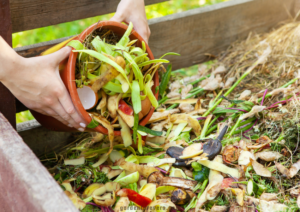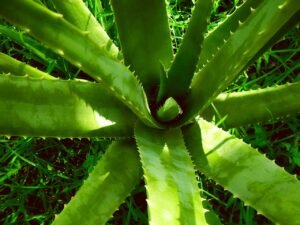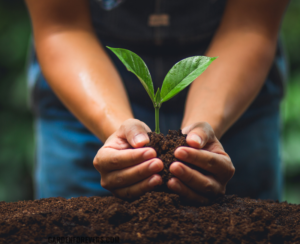How to Prepare Organic Fertilizer from Kitchen Waste
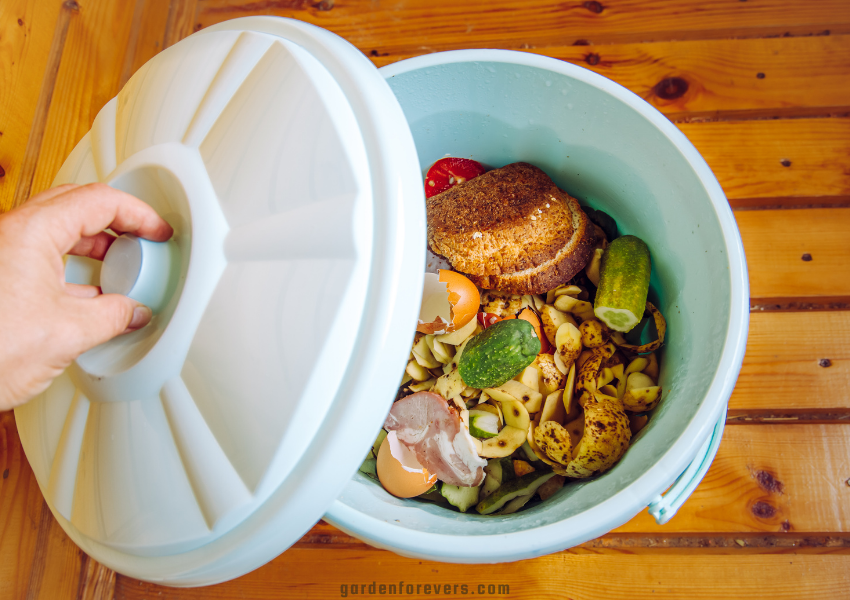
Are you seeking sustainable and eco-friendly lifestyles? Do you need a way to reduce waste and nurture the environment? The easiest way to do that is by preparing organic fertilizer from kitchen waste. Organic fertilizers enrich the soil with essential nutrients, making them ideal for gardens, plants, and even small-scale agriculture. By recycling kitchen waste, you not only reduce the amount of waste going to landfills but also support the natural nutrient cycle.
This article will guide you through the steps to turn your kitchen waste into nutrient-rich organic fertilizer, helping you contribute to a healthier planet.
Why Choose Organic Fertilizer?
Before you choose organic fertilizer, it’s essential to understand why it is better for your plants and the environment than other chemical fertilizers:
Environmental Impact:
Organic fertilizers come from natural sources. It reduces the amount of chemicals that contribute to soil degradation and water pollution.
Healthy Soil:
Organic compounds improve soil health, water retention, and aeration, creating an ideal environment.
Gardening Sustainability:
Organic fertilizers release nutrients slowly, ensuring that plants have access to what they need over time.
Types of Kitchen Waste Suitable for Organic Fertilizer
All kitchen wastage is not suitable for composting or making fertilizer. It’s crucial to identify the useful wastage and harmful one.
Acceptable Waste for Fertilizer:
Fruit and vegetable peels: Banana peels, potato skins, carrot tops, and other raw plant-based scraps.
Coffee grounds and tea leaves: Rich in nitrogen, they help nourish your plants.
Eggshells: These provide a calcium boost for your plants, promoting healthy cell growth.
Grains: Rice, oats, and other whole grains can be composted if they are unseasoned.
Old bread: Stale or moldy bread can be used but break it down into small pieces.
Cardboard and paper scraps: These provide carbon, essential for balancing nitrogen-rich materials.
Waste to Avoid:
Meat and bones: These can attract pests and take longer to break down.
Dairy products: Butter, cheese, and milk can also attract pests and create unpleasant odors.
Oily or greasy food waste: These inhibit decomposition.
Synthetic materials: Plastic, glass, and metal cannot break down organically and should not be composted.
Steps To Be Followed For Making The Organic Fertilizer
There are several ways to make organic fertilizer from kitchen waste, depending on your space and the method you prefer. The two most common approaches are composting and vermicomposting. Here I am trying to give a step-by-step guide for you.
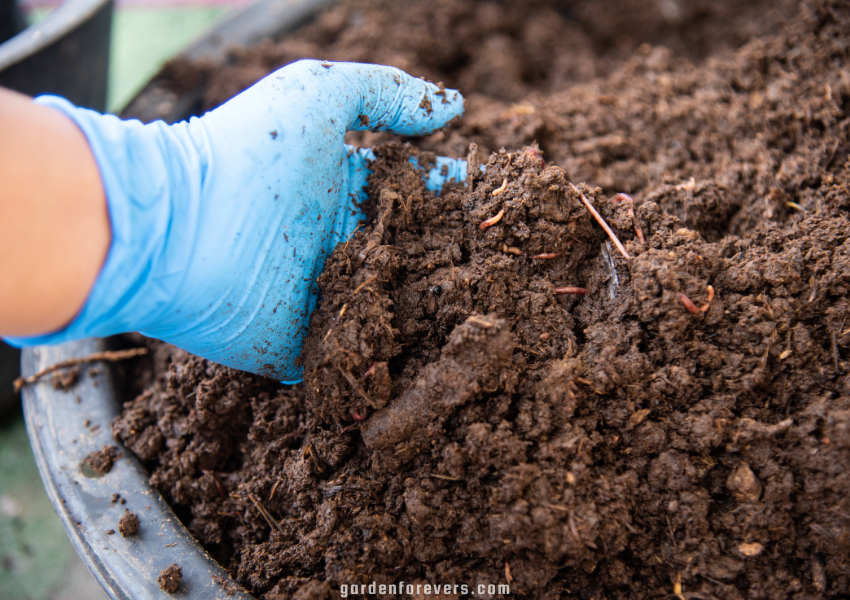
1. Traditional Composting
Composting is one of the most efficient methods to transform kitchen waste into nutrient-rich fertilizer. Here’s a step-by-step Composting Guide:
Step 1: Choose a Composting Location. The location can be in your yard or balcony or simply use a small container, if you don’t have enough space.
Step 2: Create a Balance of Greens and Browns.
- Greens: Kitchen scraps like fruit and vegetable waste, coffee grounds, and tea bags. These provide nitrogen.
- Browns: Dry leaves, paper, cardboard, and sawdust provide carbon.
For optimal composting conditions a mix of 1 part green to 3 parts brown is perfect.
Step 3: Start layering of your compost pile with a layer of brown material and then a green layer. It’ll create airflow. Continue to alternate layers of greens and browns.
Step 4: Mix the compost pile every couple of weeks. It introduces oxygen, speeds up the composition process, and helps to keep the pile from smelling.
Step 5: Your compost should be moist. If it’s too dry, add more greens or water it lightly. If it’s too wet, add more brown materials to absorb the excess moisture. Monitor the moisture level of your compost.
Step 6: Wait for decomposition. As it takes between 3-6 months. The time depends on the materials used and the conditions. The finished compost should look dark, crumbly, and have a pleasant earthy smell.
Step 7: Use the compost to fertilize your plants, when the compost is ready. Spread it around the base of plants or mix it into the soil to boost nutrient levels.
By following these steps, you can easily transform your kitchen wastages into a good fertilizer for your garden.
2. Vermicomposting
If you have limited space or want to speed up the composting process, vermicomposting is an excellent alternative. This process is done by using worms to break down organic matter. Red wiggler worms are commonly used as they are efficient decomposers. Here’s the steps that you should be followed to do the process:
Step 1: You’ll need a small container or bin, preferably with holes for ventilation and drainage. Place a tray underneath to catch any liquid produced, known as worm tea, which is also a potent fertilizer.
Step 2: The worms need bedding to live in. Shredded newspaper, cardboard, or coconut coir are good choices.
Step 3: Buy red wiggler worms from a local supplier or online. Start with at least 500-1,000 worms to ensure they can handle the amount of food waste you produce.
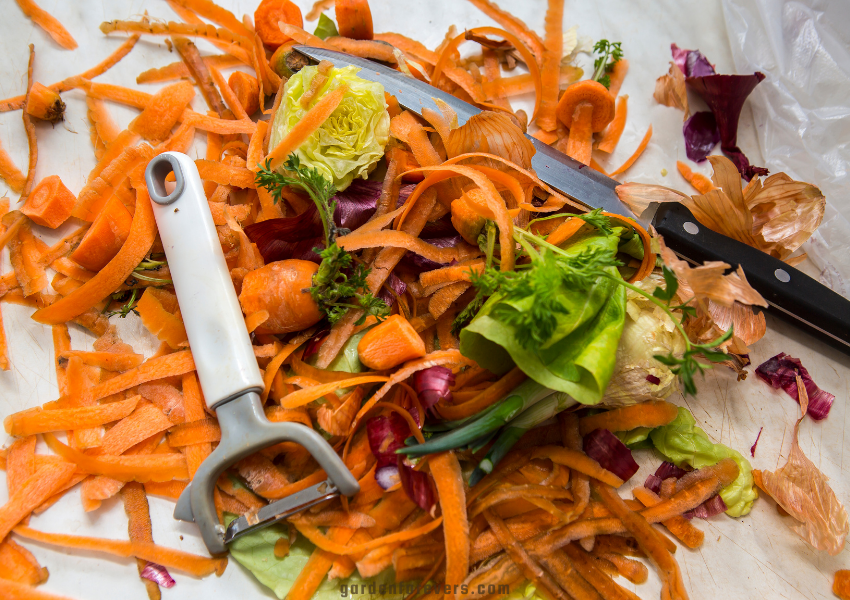
Step 4: Add small amounts of kitchen scraps (fruits, vegetables, coffee grounds, etc.) to the bin. Avoid adding too much at once, as worms take time to break down the food. Also, avoid citrus, spicy foods, and onions, as these can harm the worms.
Step 5: Monitor the Bin Keep the bin in a cool, dark place, and monitor moisture and temperature levels. The bin should be kept between 55°F to 77°F (12°C to 25°C) to ensure the worms stay active.
Step 6: Harvest the Compost After 2-3 months, you’ll notice the bedding has turned into dark, crumbly compost. Push the compost to one side of the bin, and add fresh bedding to the other side.
Step 7: Worm castings, also known as vermicompost, are incredibly nutrient-dense. Add them to the soil around your plants, or mix them into potting soil for indoor plants.
Related
3. Bokashi Composting
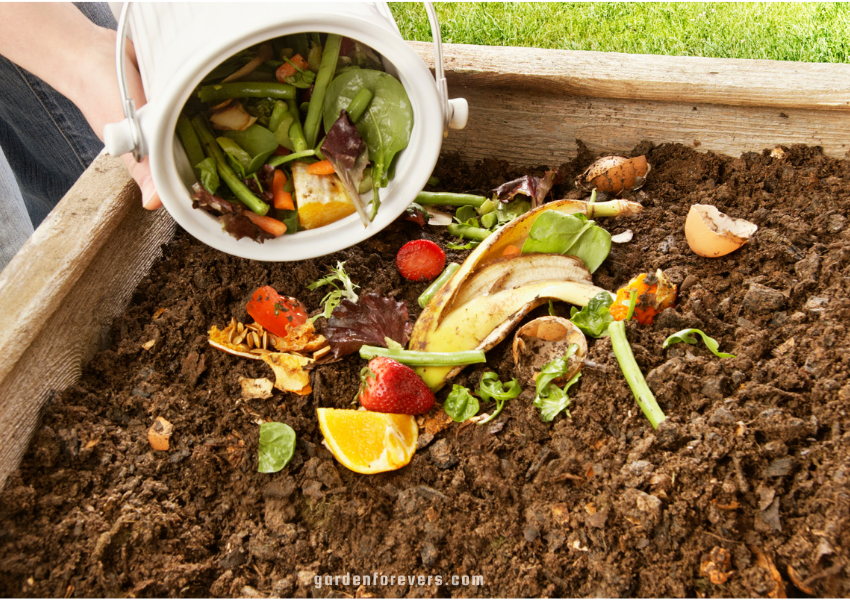
Another option for indoor composting is the Bokashi method, which ferments food waste using beneficial microbes in an anaerobic environment. This method allows you to compost materials like meat and dairy, which traditional composting methods avoid.
For bokashi composting, at first you need to set up a bokashi bin and keep the food wastes by layering. If the bin is full, then seal the bin for 2-4 weeks for fermentation. And then you can either bury it or mix it to a traditional compost pile.
Preparing organic fertilizer from kitchen waste is a simple and rewarding way to contribute to a sustainable environment while giving your plants the nourishment they need. Whether you choose traditional composting, vermicomposting, or Bokashi composting, the benefits of recycling kitchen waste into nutrient-rich fertilizer are numerous.
By incorporating composting into your routine, you actively participate in the natural recycling process, closing the nutrient loop between your kitchen and your garden.

